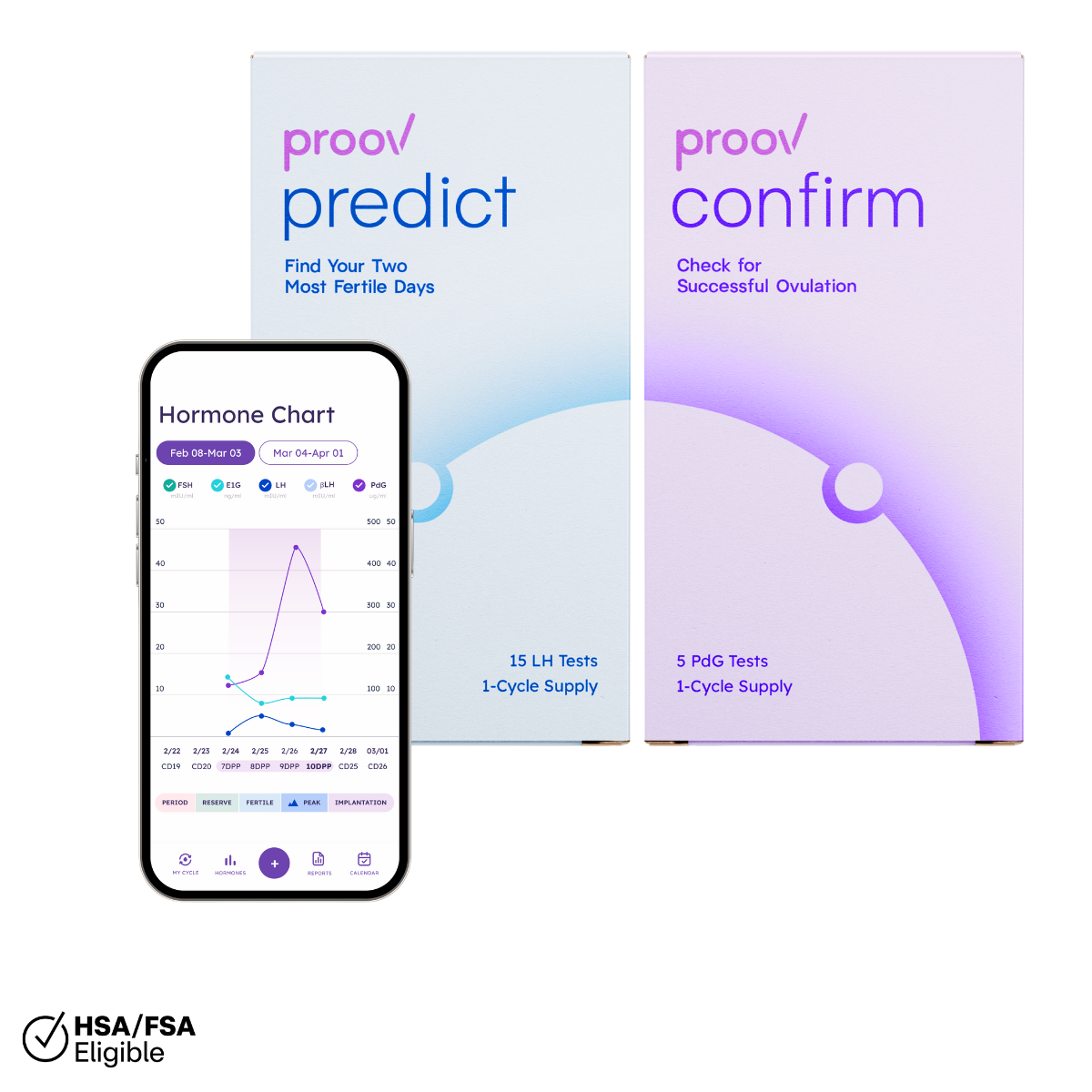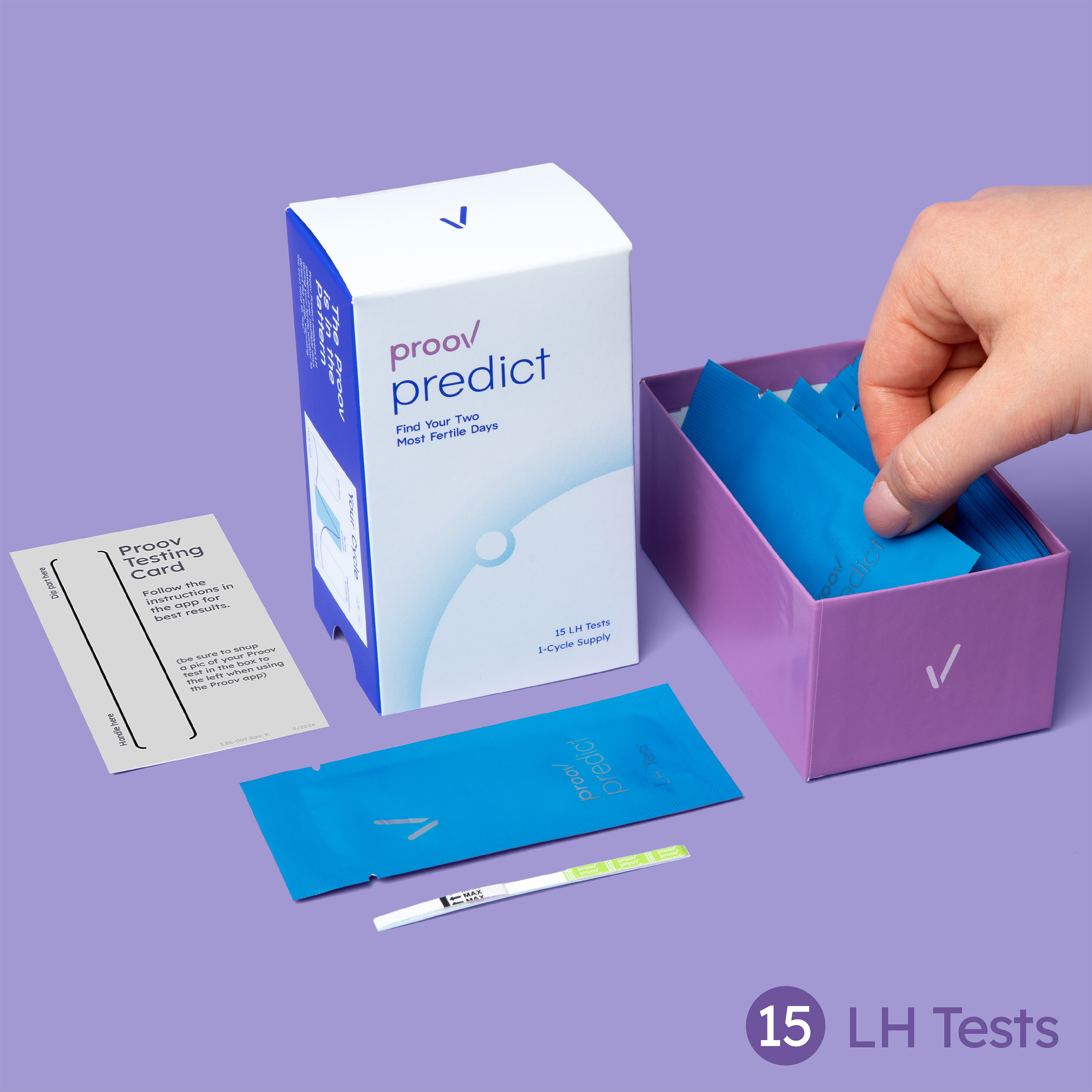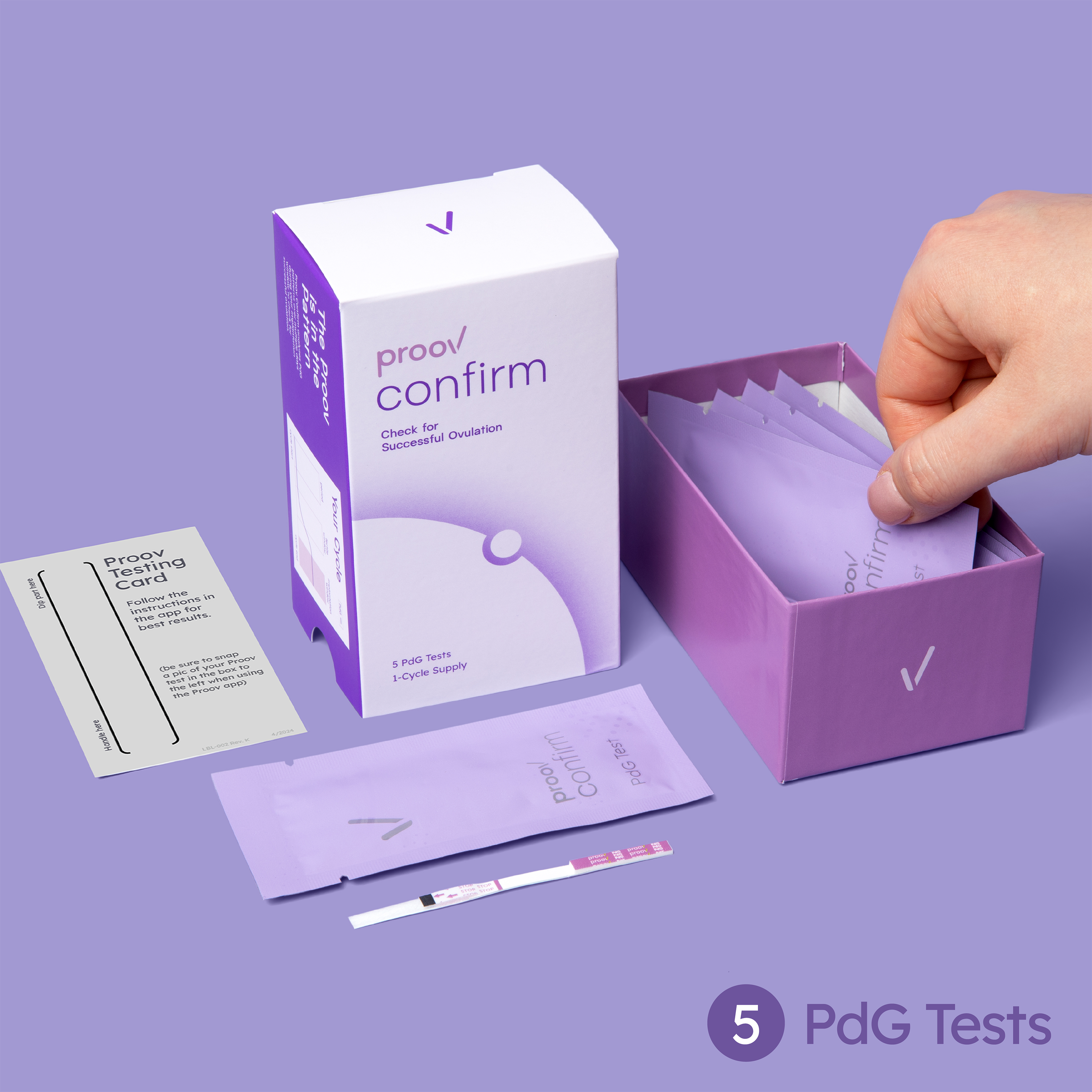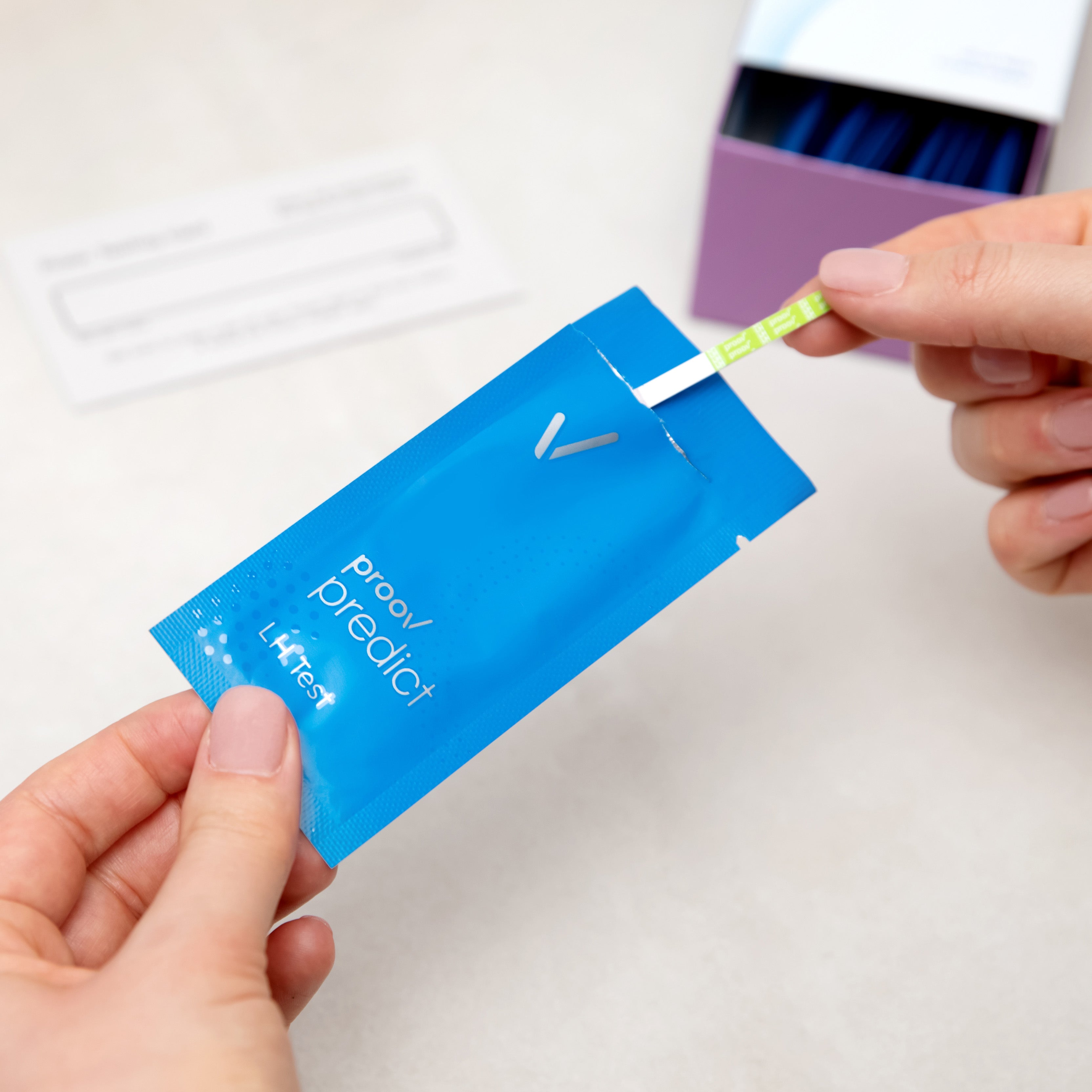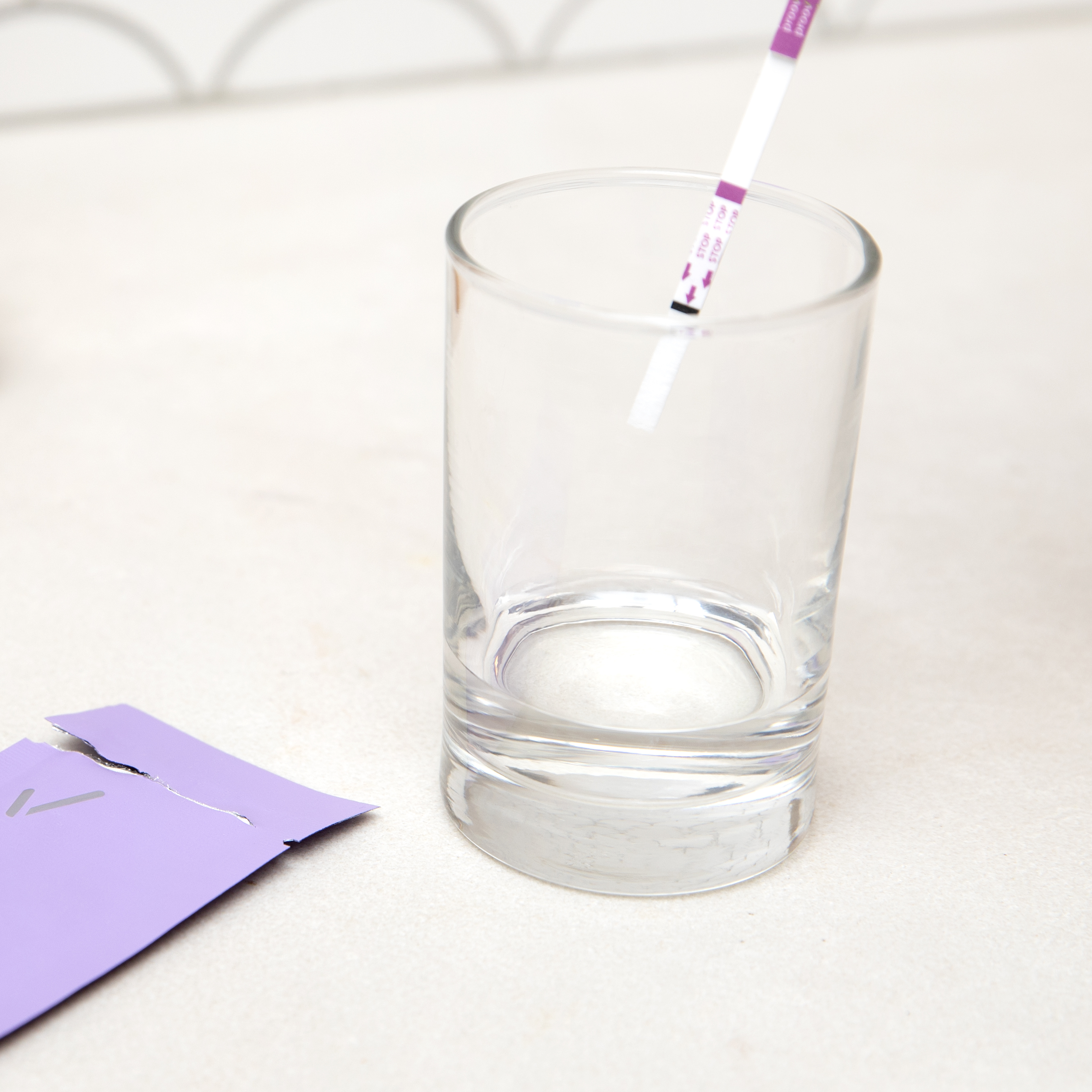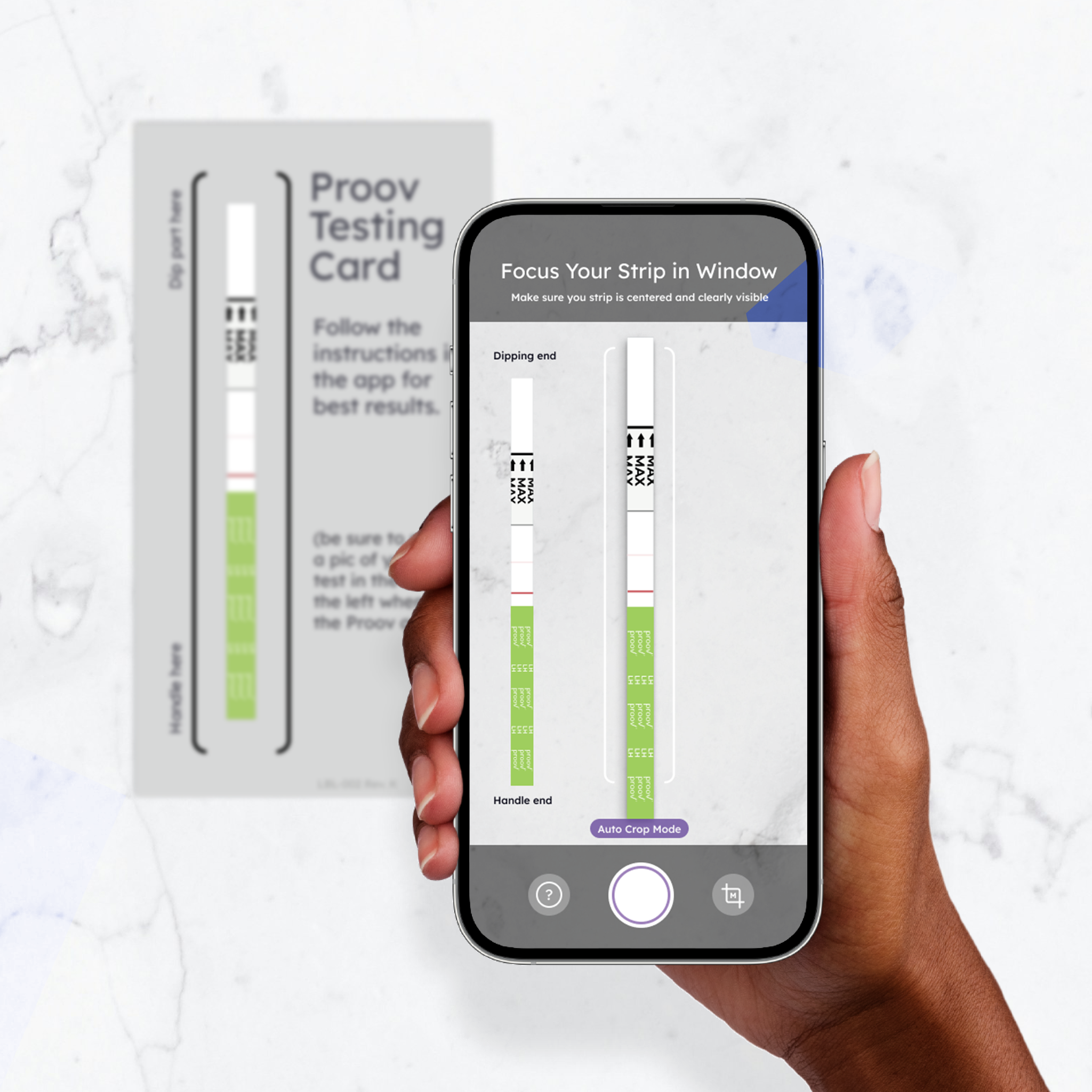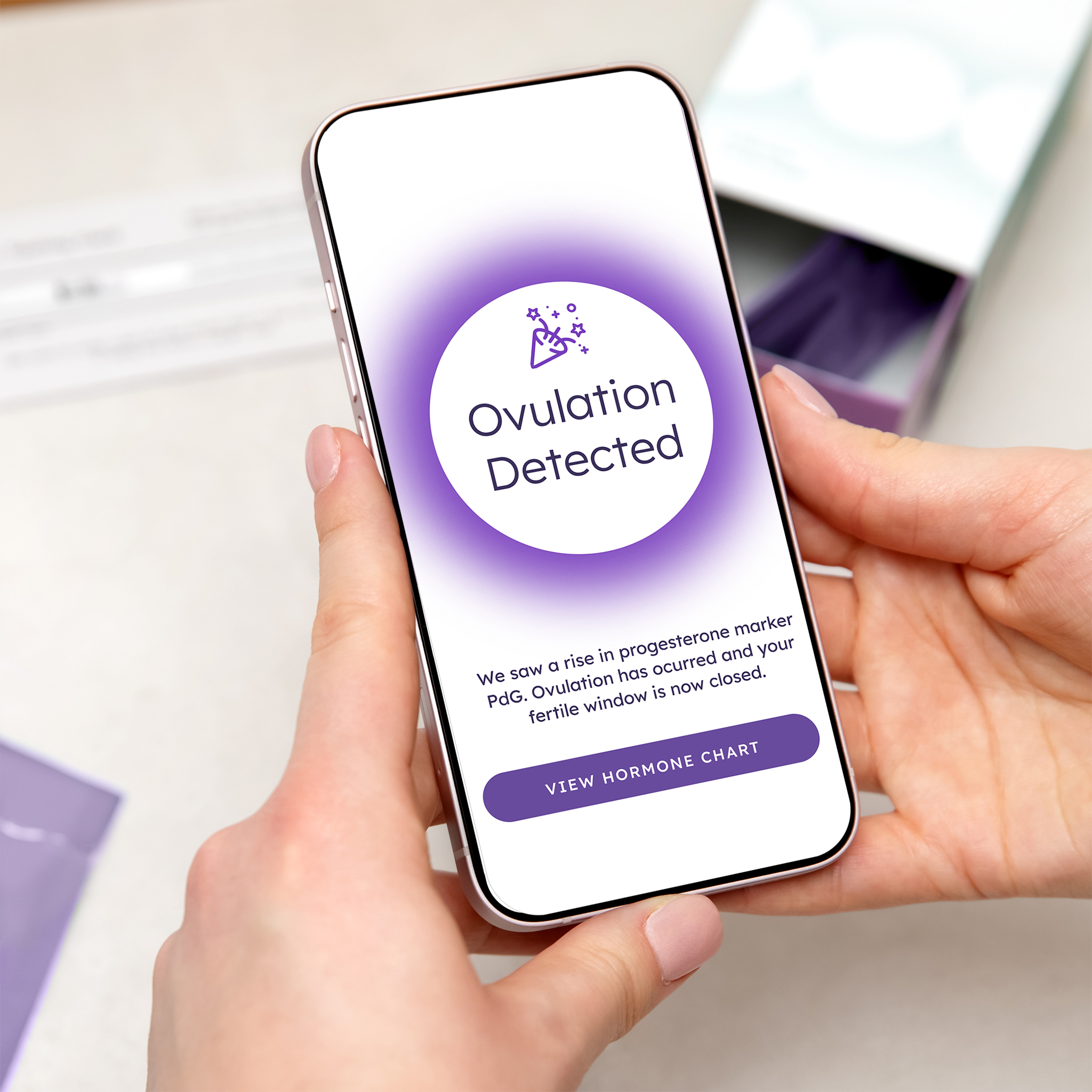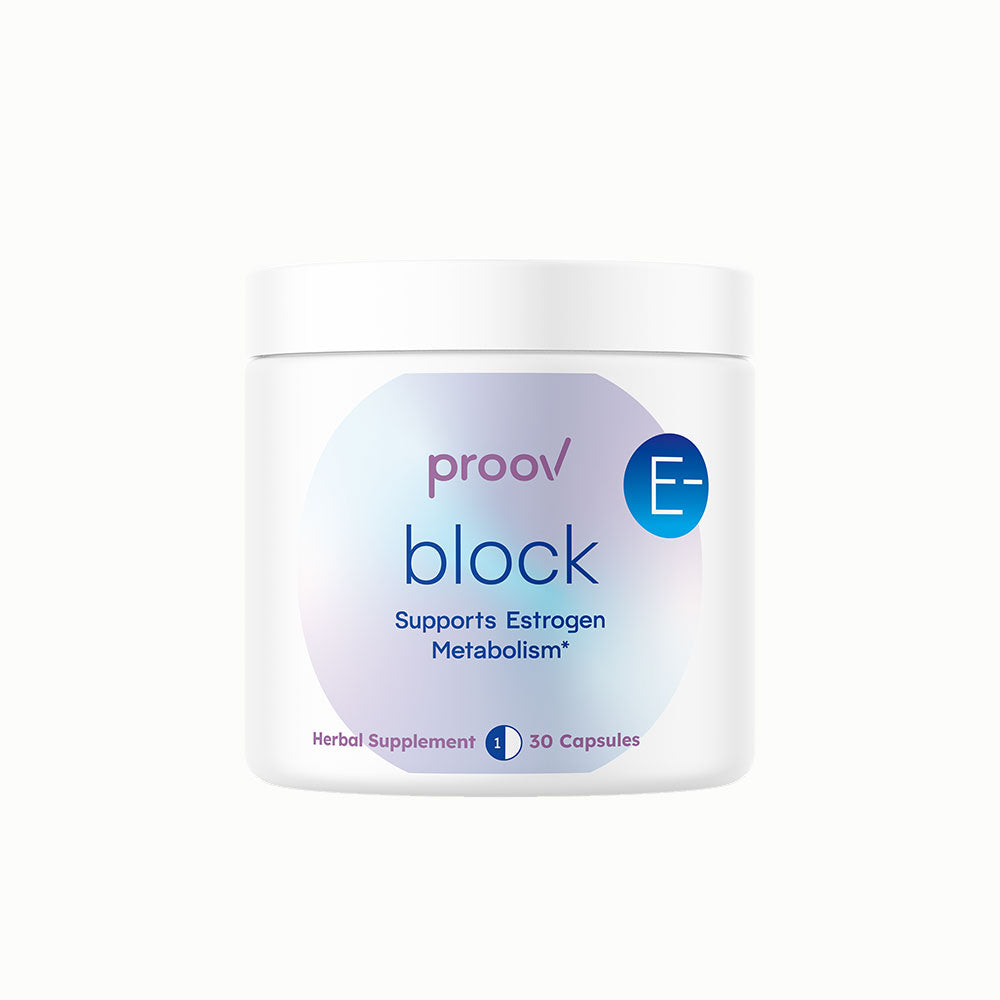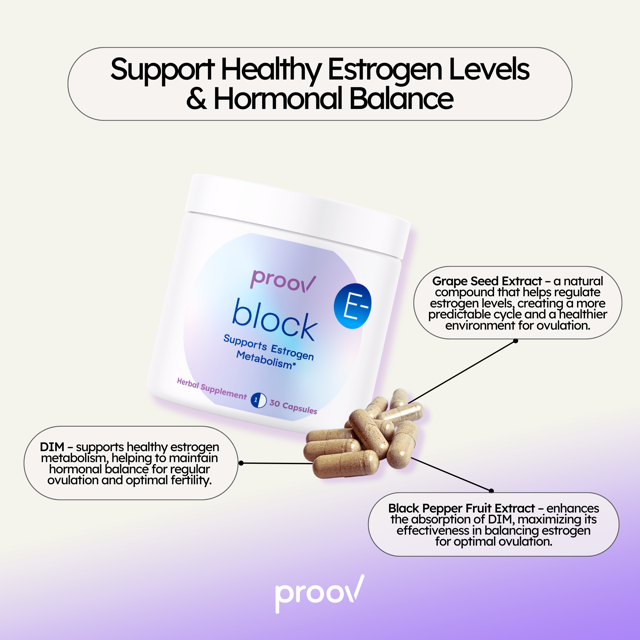Predict & Confirm™ Successful Ovulation
- Regular price
- $38.24
- Sale price
- $38.24
- Regular price
- $44.99
Predict & Confirm to both predict & confirm successful ovulation.
Details
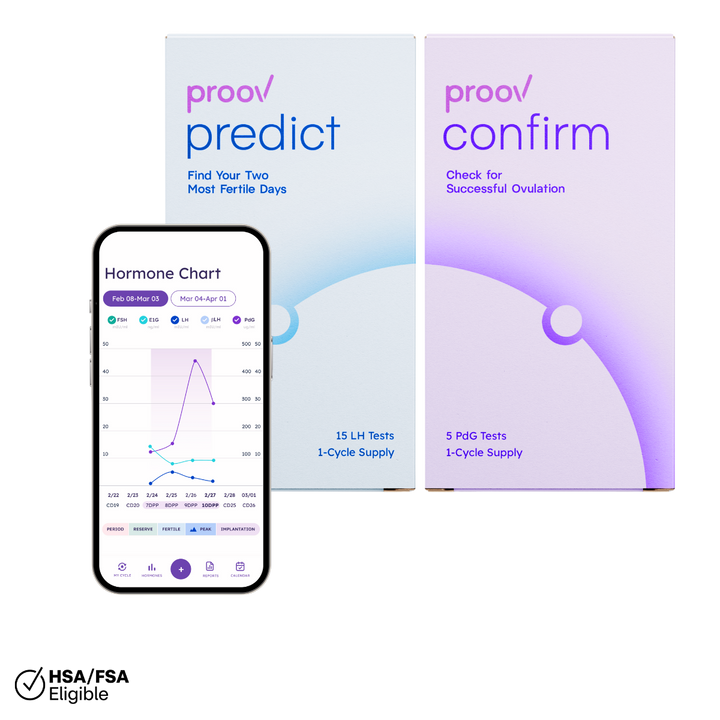
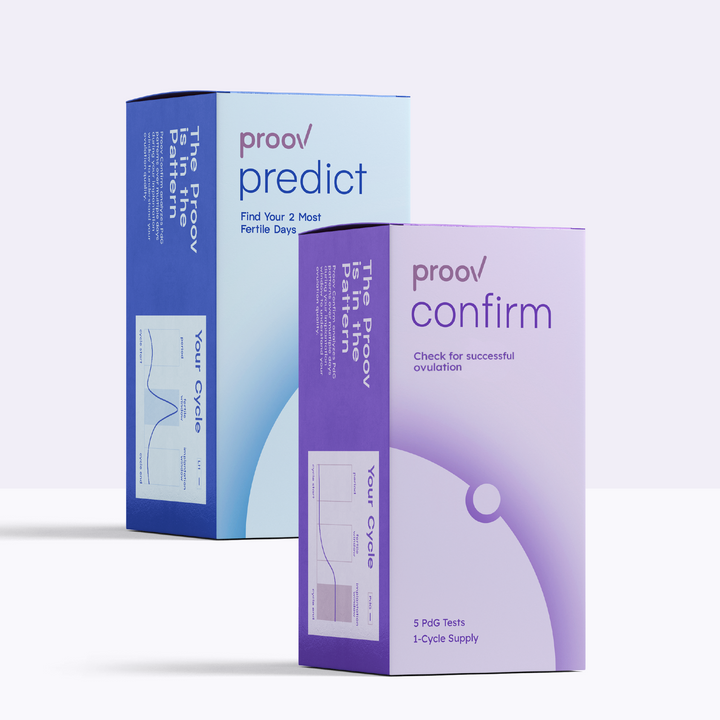
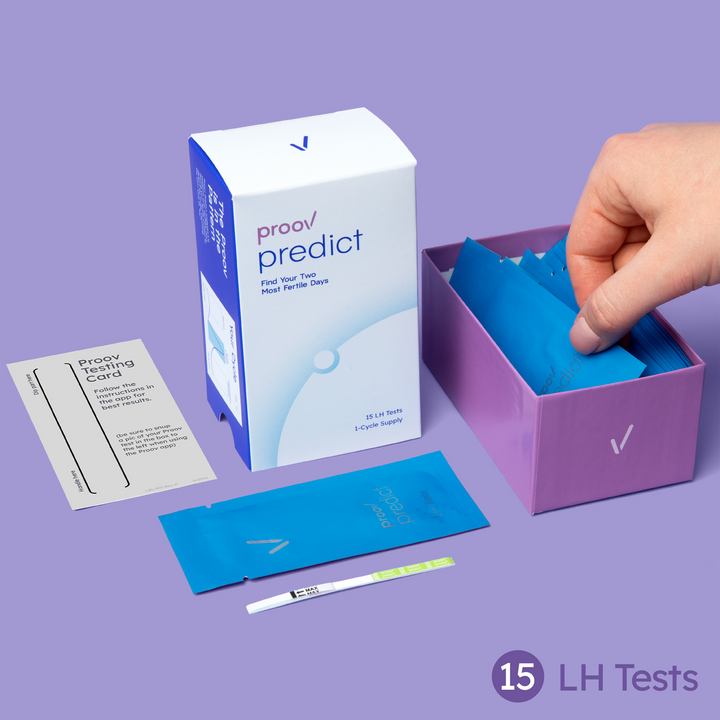
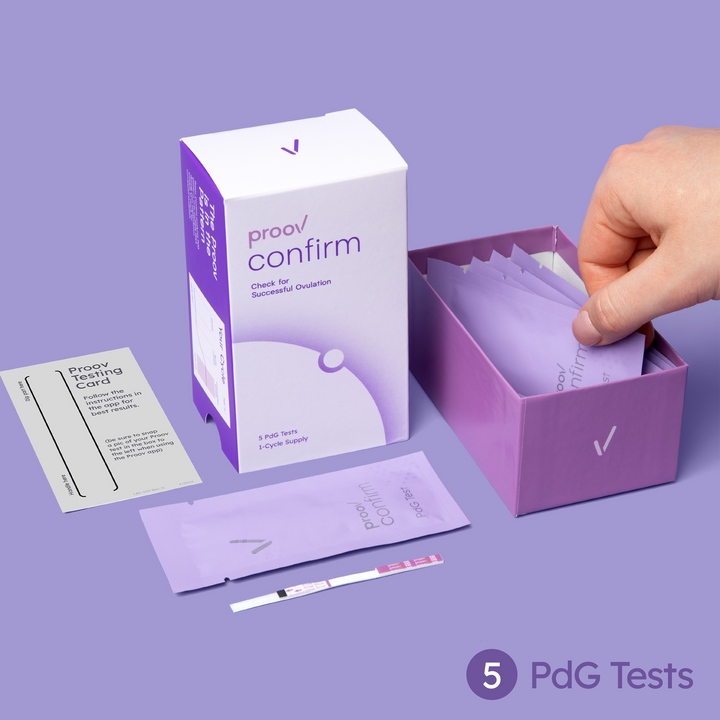
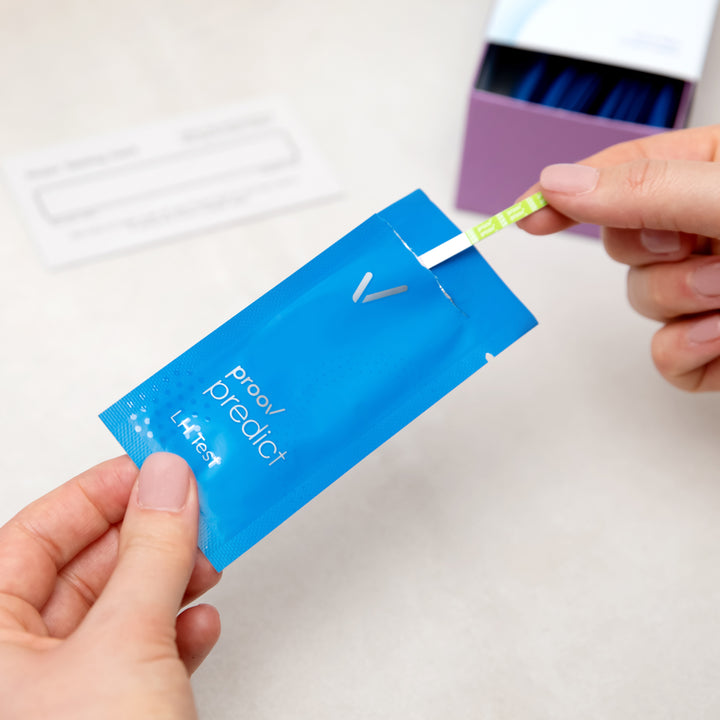
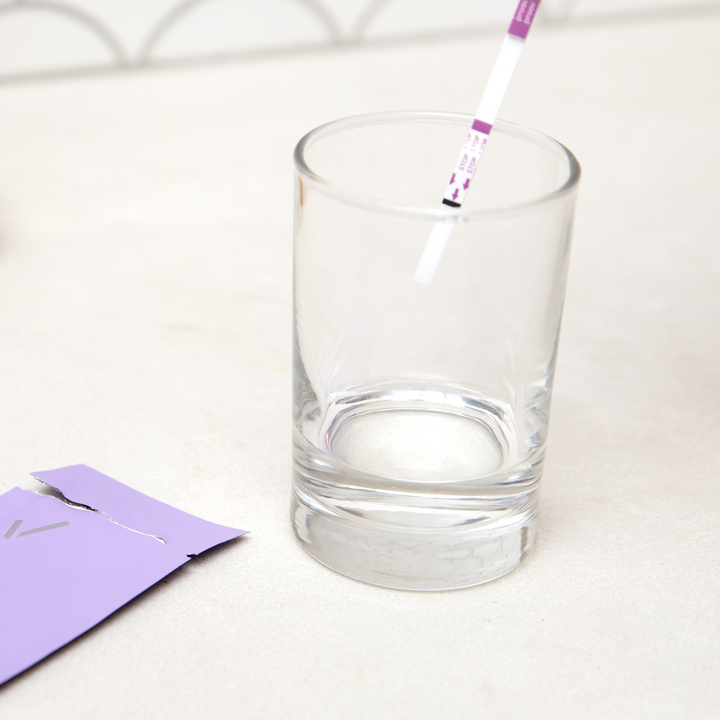
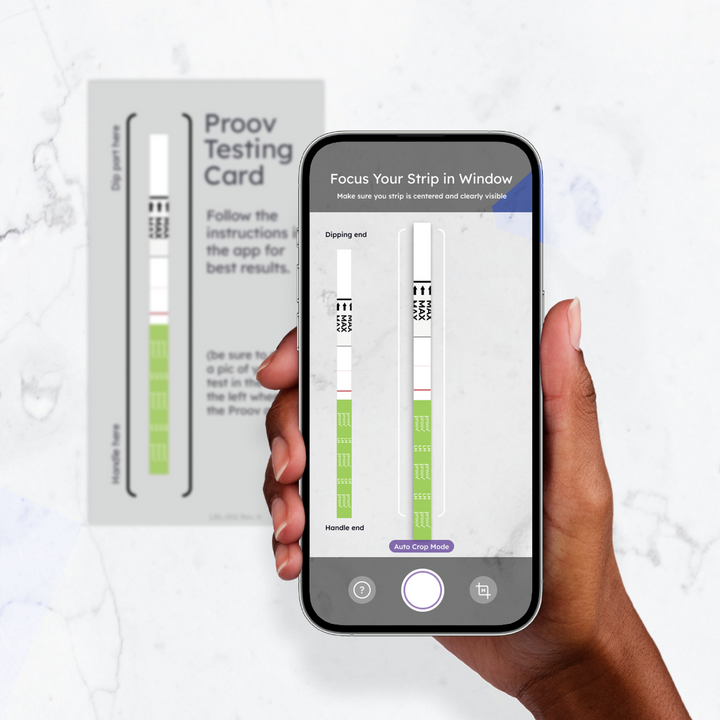
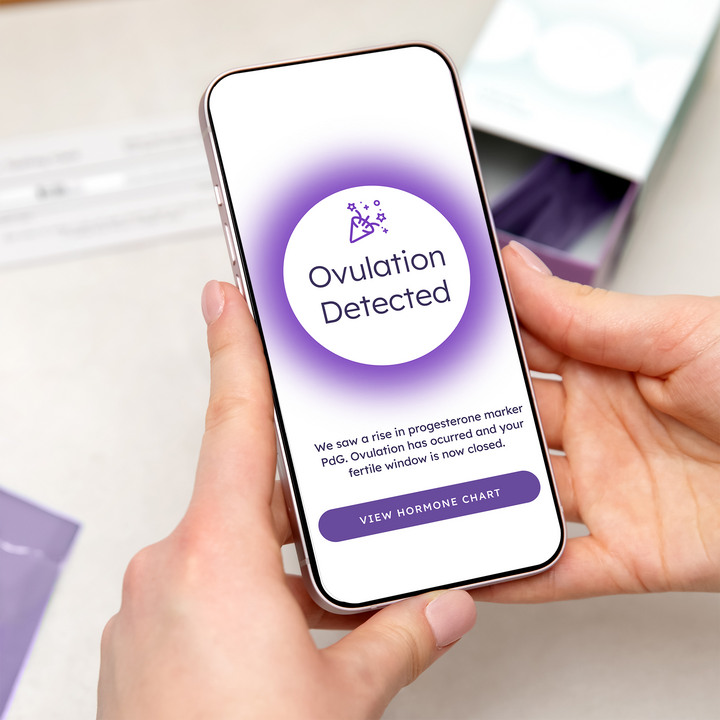
1:1 Support
99% Accurate
Non-invasive
Proov-exclusive Ovulation Score
Predict & Confirm Bundle
Toggle between the 2 products in our ovulation test bundle to see what's included, when to test & learn more
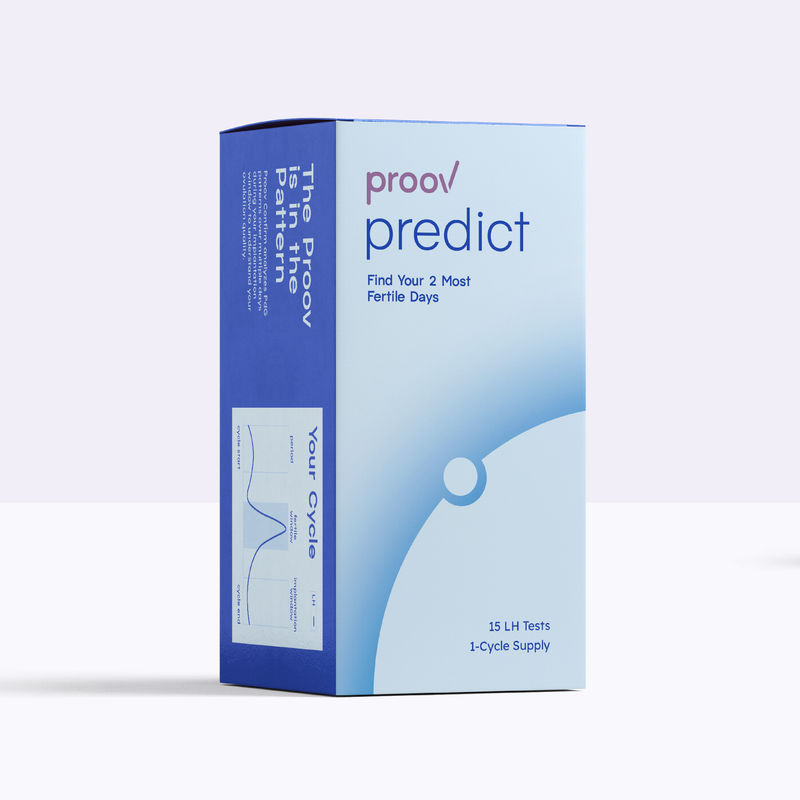
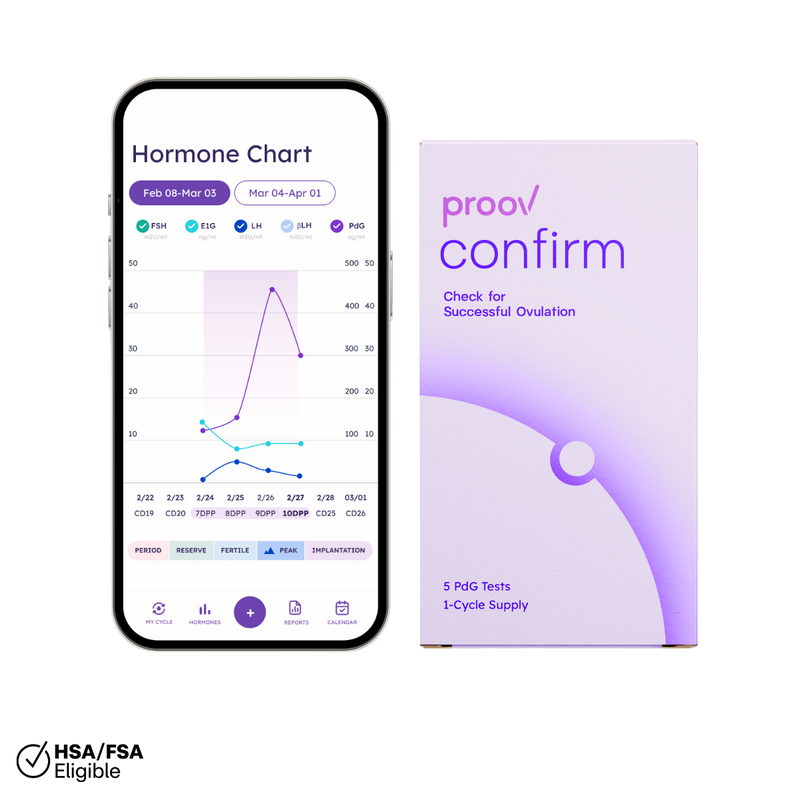
- 15 LH tests to predict ovulation
- Proov Insight Companion app
- Proov app card
- Instructions for use
You’ll start tracking your peak fertility with Predict tests about 18 days before your next expected period. We define “peak fertility” as the first positive LH test, not the “most positive” like some other brands. Once you get your first positive test, you can stop testing.
Please refer to kit instructions for specific details.
- Proov Predict measures luteinizing hormone, or LH for short. A positive LH test suggests you have entered your 2 most fertile days — when intercourse or insemination are most likely to result in conception.
- Hot tip: trying a day or two before your expected positive LH test can maximize chances of hitting your fertile window!
- Women who have been trying to conceive, but without success
- Women who do not have another ovulation or fertility tracking method
- Women who want to more accurately predict their fertile window alongside their period tracking app
- If the LH tests show the test line as dark or darker than the control, it is positive. Remember, we define “peak fertility” as the first positive LH test, not the “most positive” like some other brands. This is because studies show that most women ovulate after the first positive LH test, not the highest LH value.
- If you see a positive Predict test result, it’s a great time to have intercourse or inseminate.
Tracking LH (luteinizing hormone) levels during the first half of your cycle can help you detect an LH surge, which indicates you’ve reached your two most fertile days (also called “peak fertility”). This is the time to “try!” During the first half of your cycle — the “follicular phase” — your follicles mature in preparation for ovulation. When the time is right, your brain sends a surge of LH (luteinizing hormone) to trigger the mature follicle to release an egg. Ovulation typically occurs about 12-48 hours after an LH surge.
Traditional ovulation predictor tests measure just one hormone (luteinizing hormone) to identify your two most fertile days, but this is only one piece of the fertility puzzle. Proov Complete provides extensive additional data to help you better understand your hormone balance, cycle, and ovulation, so you can be better set up for success. In addition to measuring LH, you’ll measure FSH to assess your ovarian reserve, E1G (a marker of estrogen) to identify your longest possible fertile window, and PdG (a marker of progesterone) to check for successful ovulation.
No — you may use Proov Predict at any time of day. The Proov Insight app will prompt you to test two times per day during the LH testing phase. Many women find it convenient to test LH levels mid-morning and again later in the evening, but the choice is ultimately yours.
Proov Predict measures luteinizing hormone (LH), the hormone that surges about 12-36 hours before ovulation and triggers the ovary to release the egg. An LH surge can help identify your 2 most fertile days - the best time to "try"!
- 5 FDA cleared PdG tests to confirm successful ovulation
- Proov Insight Companion app
- Proov app card
- Instructions for use
- Begin by taking 1 Confirm test early in your cycle (please refer to kit instructions for specific details). This is called your baseline and it will be negative — but is still super important!
- You’ll save your other 4 tests to use during the key implantation window. The implantation window takes place days 7 through 10 after peak fertility, as indicated by an LH test, fertility tracking device, or cervical mucus.
Please refer to kit instructions for specific details.
- Proov Confirm measures a hormone marker released after ovulation, called PdG, that supports implantation. Sustained, elevated PdG levels during the implantation window — days 7-10 after peak fertility — indicate a successful ovulation.
- Proov is the only FDA cleared test to confirm successful ovulation by tracking PdG during the implantation window. A clinical study* shows when PdG levels remain high during the implantation window, pregnancy rates increase over 75%.
- Women with PCOS or endometriosis
- Women over 35
- Women with a history of early miscarriage
- Women who are taking ovulation induction medications (Letrozole or Clomid)
- Women who have been trying to conceive, but without success
If PdG tests remain positive (one line) during the implantation window, this is a successful ovulation. Successful ovulation can also be indicated by a high Ovulation Score if you choose to use the Proov Insight app. Negative PdG test results during the implantation window or a low Ovulation Score means you are unable to confirm successful ovulation.
If your results indicate you are ovulating successfully but you still haven’t conceived, we recommend checking your partner’s sperm, ensuring you’re timing intercourse correctly, or consulting a doctor. If your results indicate you are not ovulating successfully, we recommend consulting your doctor for treatment or learning about ways to naturally support progesterone production.
Want to share your Proov results with your doctor? Download this PDF to help them understand your results & the best next steps.
Measuring PdG levels provides insight into successful ovulation, a piece of the fertility puzzle that you can’t get from BBT or blood tests alone. After circulating through the bloodstream, progesterone is released from the body as the urinary marker, Pregnanediol Glucuronide (PdG). Sustained, elevated PdG levels during the second half of your cycle — the “implantation window” — is an indication of successful ovulation, which increases your chances of successful implantation and pregnancy by as much as 75%. Low PdG levels during the second half of your cycle may indicate a problem with ovulation that could make it more difficult to get pregnant.
Contrary to popular belief, there is more than one way to ovulate. A “successful” ovulation occurs when an egg is released and PdG levels remain adequately elevated through the implantation window — long enough to allow for a higher possible chance of successful implantation. Low PdG levels following ovulation can indicate a problem with ovulation, which can make it more difficult to get pregnant.
The patented Proov PdG testing protocol recommends testing on days 7-10 past peak fertility — also called the implantation window — because these are the days during your cycle when having sustained, elevated PdG levels is critical for successful conception. Elevated PdG is a marker of elevated progesterone, which supports implantation. Studies show that elevated levels of PdG during the 7-10 day window can improve chances at successfully getting pregnant.
Yes, Proov Confirm is most accurate with first morning urine. Using anything other than first morning urine can cause inaccurate results.
Proov PdG tests do not replace medical advice. If you are not getting positive results, you should consult your physician and tell them about this information so they can properly diagnose you.
Proov Confirm measures PdG, a urine marker of progesterone that only rises after ovulation occurs, to confirm successful ovulation. A recent clinical study showed that sustained, elevated PdG levels after ovulation during the implantation window can increase pregnancy rates by up to 75%!*
The implantation window occurs during days 7 through 10 past peak fertility. The first positive Predict LH test you receive identifies peak fertility. From there, you will count out 7 days and test PdG with Confirm during the implantation window per the instructions included with the kit. If you choose to use the Proov Insight app, it will help remind you when exactly to test.
AS SEEN ON




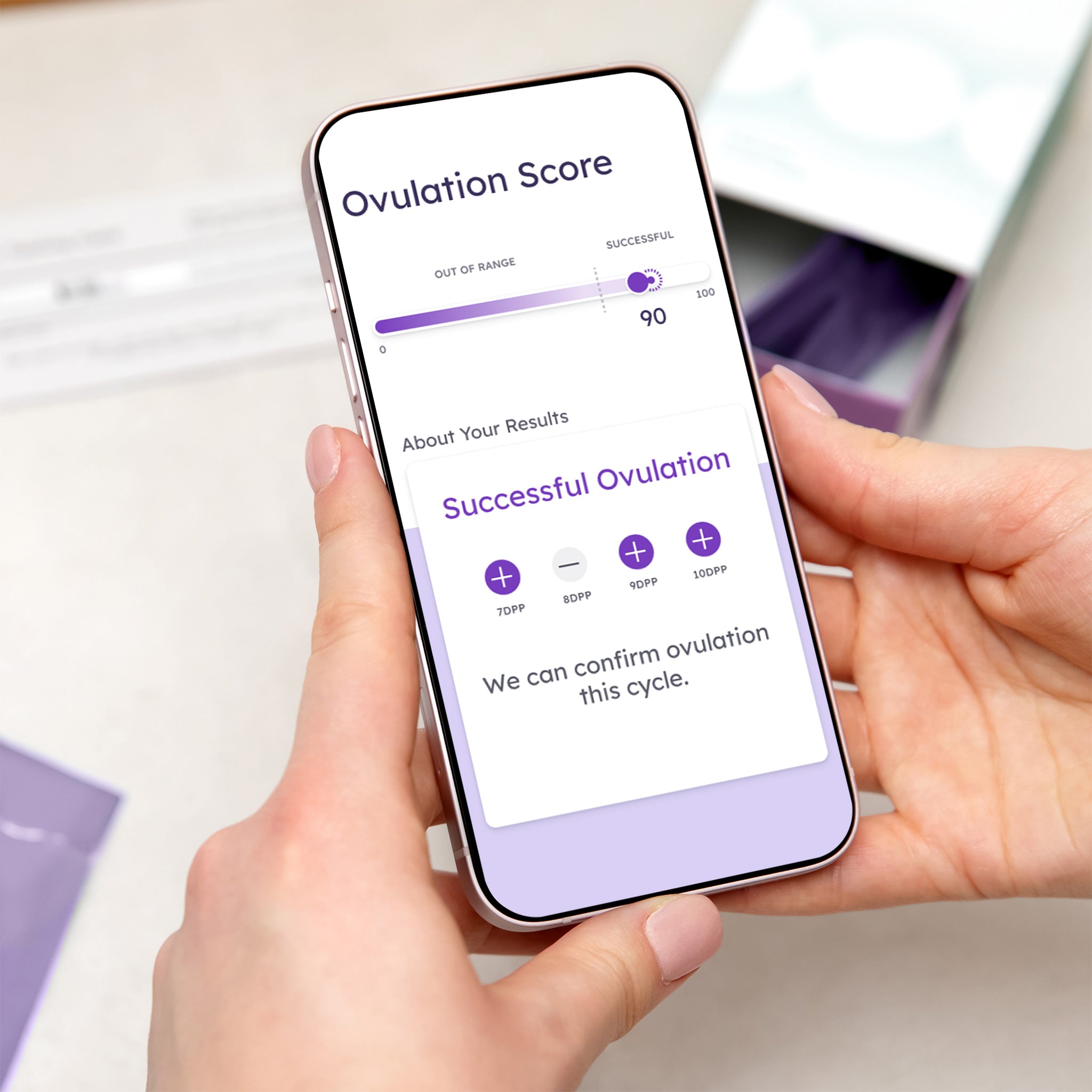
Being a woman can be hard. That’s why our tests are easy.
Our free companion app gives you next-level hormone insights anytime, anywhere throughout your hormone journey.
- Non-invasive testing at home
- Results in 10 minutes
- Clear, easy to understand next steps
“As a fertility doctor, Proov is one of the most comprehensive, reliable at home diagnostic testing and support systems I’ve ever seen. I love that Proov provides a suite of products that allows patients to have more information and tools from the comfort of home.”


